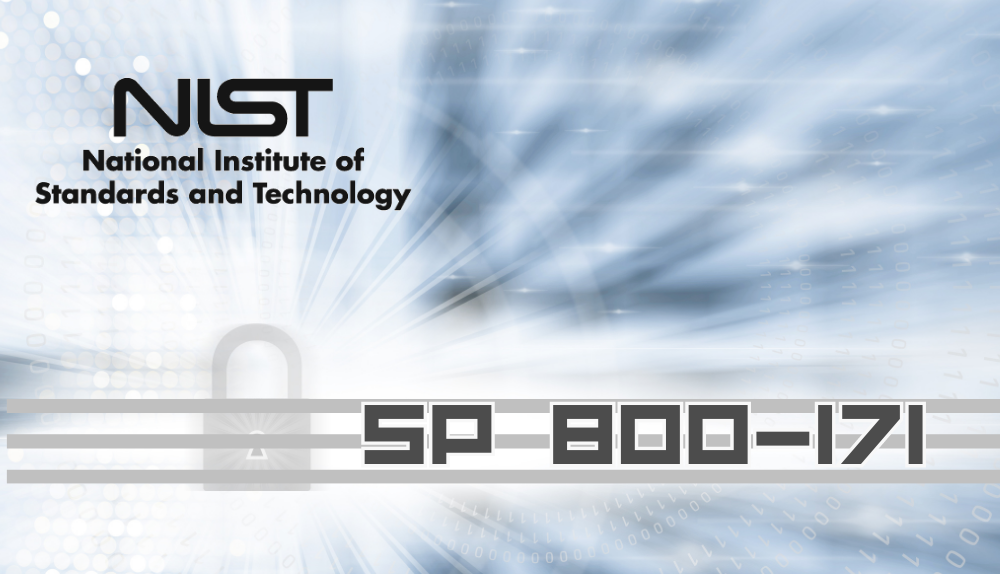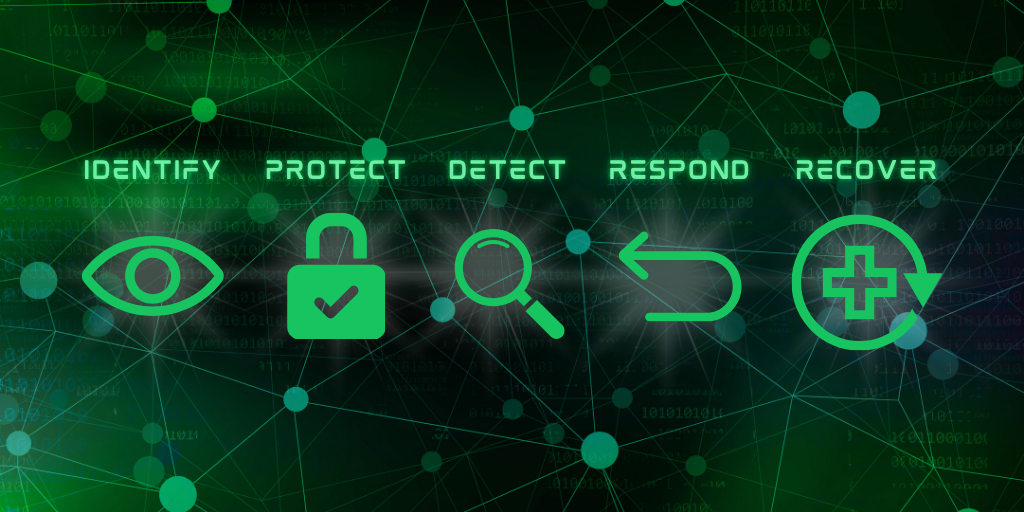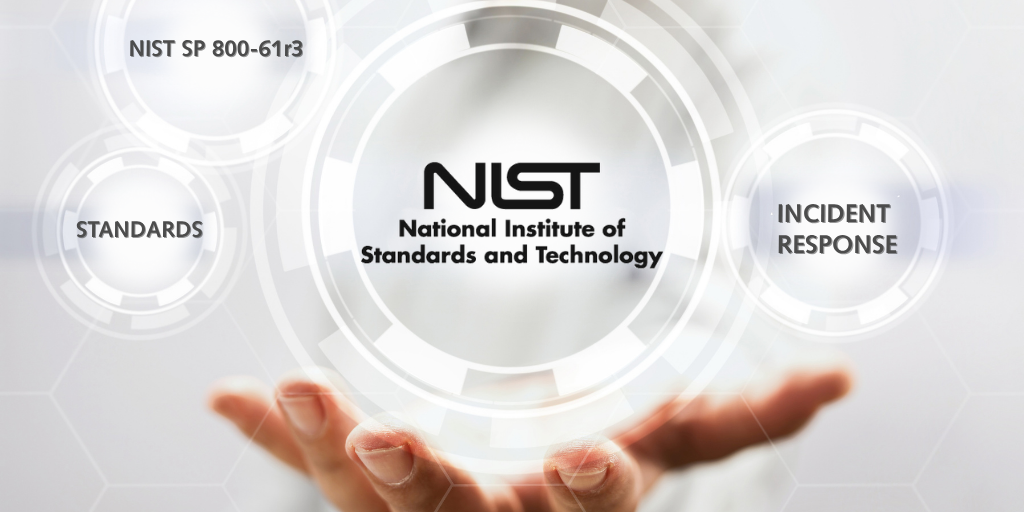Securing SMBs in the Digital Era: Unraveling the Power of Zero Trust
Small and medium-sized businesses (SMBs) have previously unheard-of difficulties in protecting their data and infrastructure in the modern digital...

In today's digital landscape, organizations of all sizes face the constant threat of cyberattacks and data breaches. The National Institute of Standards and Technology (NIST) has long been at the forefront of providing guidance and frameworks to enhance information security across various sectors. Their latest proposal to update Special Publication (SP) 800-171 addresses the evolving cyber threat landscape and includes crucial amendments to data incident response planning. This blog explores the significance of NIST updates and their implications for small and medium-sized businesses.
Originally designed to protect sensitive government data, SP 800-171 has become a vital cybersecurity standard for organizations beyond government contractors. It provides comprehensive technical, physical, and administrative security controls to safeguard information, commonly known as controlled unclassified information (CUI). With federal regulations incorporating these requirements into government procurement processes, numerous businesses in the supply chain have adopted SP 800-171 to ensure compliance.
The proposal to update SP 800-171 comes at a critical time, as cyberattacks have been on the rise once again. Recent reports from private security consultants highlight a significant increase in cybercrime incidents targeting businesses and organizations. The Office of the Director of National Intelligence (ODNI) has also expressed concerns about the cyber threats posed by state-sponsored actors such as China, Russia, Iran, North Korea, and non-state criminal groups.
The proposed updates to SP 800-171 focus on aligning security controls with other NIST guidelines and providing more clarity to improve implementation effectiveness. Notably, the proposed changes address data incident response (IR) planning, which is crucial given the current cybersecurity landscape.
The proposed amendments emphasize the following aspects of data incident response planning:
These updates bring several benefits to small and medium-sized businesses in enhancing their data incident response planning.
The proposed changes offer clarity and granularity, providing clearer guidelines on how organizations should approach IR planning, testing, and training. This clarity ensures that businesses have a solid framework to follow and can better understand their readiness in the face of potential cyber incidents.
Recognizing that human error contributes to a significant portion of cybersecurity incidents, the updated framework emphasizes the importance of employee cybersecurity awareness training. By addressing this critical element, businesses can empower their employees to identify and respond effectively to cybersecurity threats.
Updating IR plans to align with legal obligations and evolving information security laws is crucial. By integrating the proposed changes, businesses can ensure compliance with reporting timelines and requirements mandated by federal agencies and state legislatures.
As cyber threats continue to evolve, organizations must prioritize robust data incident response planning. The proposed NIST SP 800-171 updates offer essential enhancements to address the changing cybersecurity landscape. Small and medium-sized businesses can leverage these updates to strengthen their cybersecurity posture, align with regulatory requirements, and mitigate cyberattack risks.
By embracing NIST's comprehensive approach and incorporating the proposed amendments into their information security programs, organizations can better protect their sensitive data and respond effectively to cybersecurity incidents.

Small and medium-sized businesses (SMBs) have previously unheard-of difficulties in protecting their data and infrastructure in the modern digital...

In an era of ever-evolving cyber threats, small businesses can adopt the NIST Cybersecurity Framework to achieve robust cybersecurity without...

Stay ahead in cybersecurity by understanding the latest NIST SP 800- 61r3 standards and how they integrate into your organization's risk management...